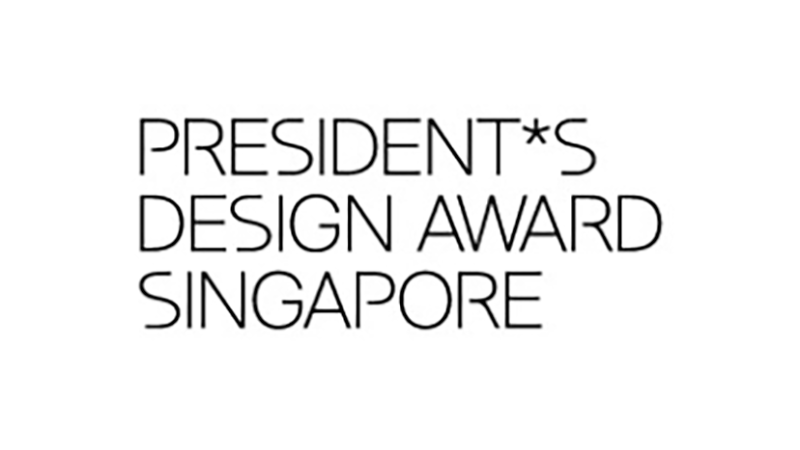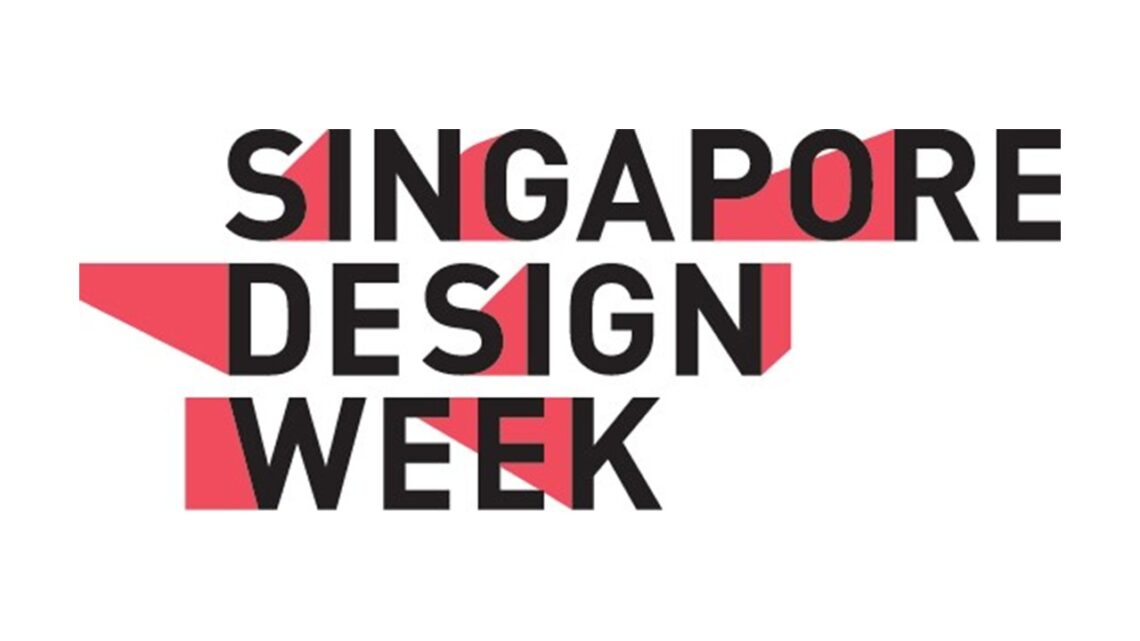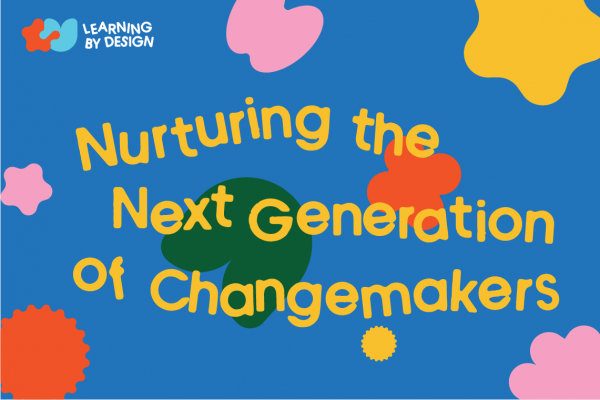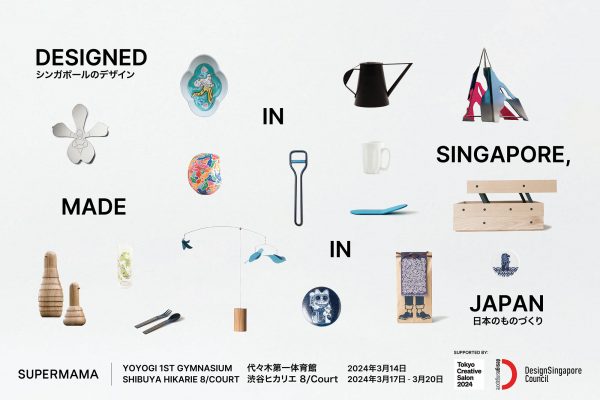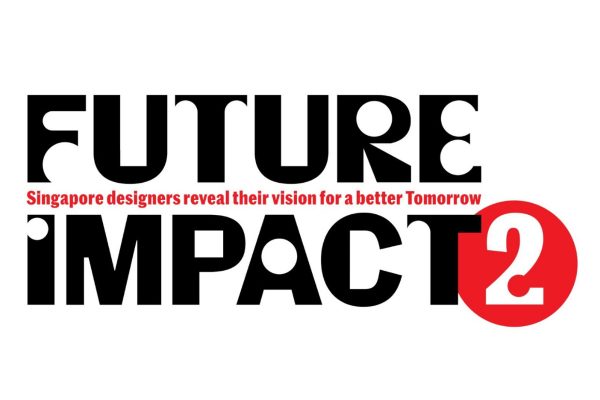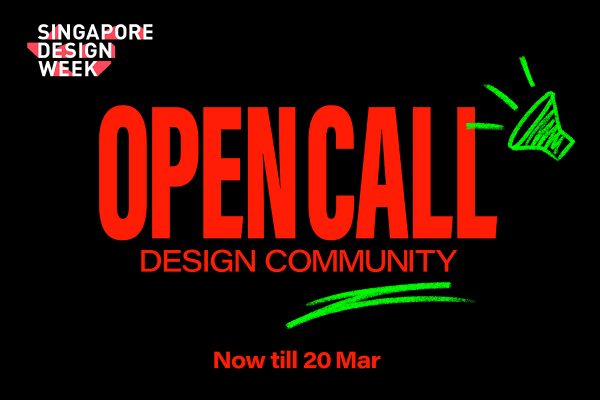The experience design firm offers a step-by-step guide on applying it and shares that it has been invaluable for an SME like theirs
Three years after experience design start-up Afternaut had been established, its co-founders felt that it was time to up its talent management game.
They had grown the business that was part of a design collective that included Formwerkz Architects from four to approximately 30 employees and felt it was time to do more for them.
In June last year, Jane Lay was brought on board to lead this, specifically restructuring the SME’s approach towards career progression and skills upgrading.
An invaluable tool she was asked to use was the Skills Framework for Design, jointly launched by the DesignSingapore Council, SkillsFuture Singapore and Workforce Singapore.
Six months later, the restructuring was completed and Afternaut’s Head of Talent was pleased to report employee satisfaction rates of 80 percent and higher talent retention.
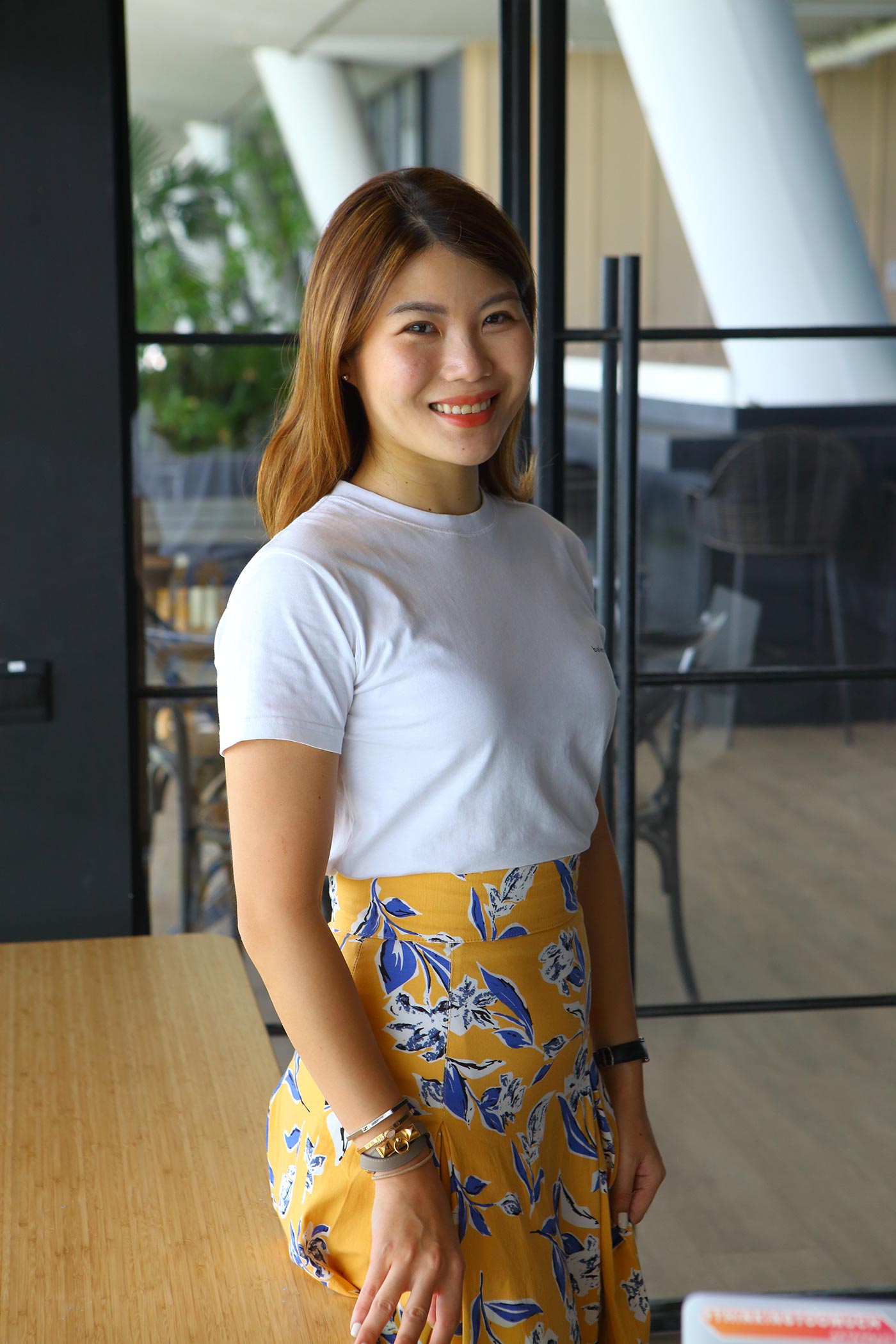
Setting The Scene
“It was pretty messy,” Lay candidly offers, when asked what state the company’s human resources was in when she first joined. For instance, there were many types of design-related roles, such as graphic and product design, and each worked in silo.
In fact, she found it had more than 10 different roles in a company that only had three times the number of employees.
Adding to this was how everyone had very diverse backgrounds, from engineering to accountancy and of course, design. “It was a melting pot of different people coming together,” she says, which was typical of a start-up.
Of note is that buy-in from top management to implement the Skills Framework for Design is important and since the co-founders of Afternaut had already empowered Lay, she could move forward.
One of the first conversations held internally was an exploration of business goals. “We started with a strength-finder exercise, where we determined the areas that we are good in,” explains Lay.
The conclusion was to focus on translating great customer experiences into business growth through design conceptualisation, implementation, and operation. This would also leverage its five core capabilities of strategy, brand, digital, experiential and spatial.
How Afternaut Applied The Skills Framework for Design
Step 1: Determine what types of roles are needed to achieve those goals
Once the business goals were clear, they proceeded to understand what types of roles were needed to meet those objectives. They also discussed what kinds of projects they were keen to take on and the expertise needed to enable Afternaut to execute them. Referencing the Skills Framework for Design, they narrowed it down to nine different roles across three of the four different tracks: Business, Design and Innovation. The Technology track, while acknowledged as important, was embedded in each of the first three.
Additionally, in recognising that Afternaut was an SME, the co-founders felt it was important that their employees pivoted to become “T-shaped”. “For instance, a copywriter could also be a Customer Experience designer,” points out Lay. “This helps to equip them with more valuable skills sets to make them more well-rounded and unique.” However, rather than make an overnight shift, each individual would gradually split their role to have a 70-30 ratio, to enable them to still focus on their core competency.
Step 2: Draw up a new organisation chart and match existing employees into the new roles
A new organisation chart was then created, made up of the nine new roles and their respective levels, as well as clearly spelling out the progression opportunities. Each employee was then matched to the available roles, based on their existing job scope and their personal expectations. “I did a lot of one-to-one catch ups to help them understand what was happening, especially the rationale behind it, including evaluating their skills, so they knew where they stood. This allowed us to identify the gaps and convince employees to undertake training as a next step,” says Lay. Naturally, there was some pushback but she was always encouraging in her approach. Lay pointed out the benefits to the employee and emphasised that the transition would be gradual. Also, Afternaut would be there to facilitate the transformation process by providing the necessary training.

Step 3: Upskill employees to close skills gaps identified
A particularly useful part of the Skills Framework for Design is the listing of technical and generic skills and competencies under each role, including the expected proficiency levels. Lay says this enabled her team to evaluate each employee’s current competencies and where necessary, helped them identify relevant training programmes to upskill. They were offered various options such as participating in external courses, internal mentorship programmes and even internal training programmes. “We realised that many of our colleagues were strong in their technical skills but needed help in the generic ones like communication and creative thinking,” says Lay.
What Next
Since the start of this year, with the restructuring completed, the focus has been on training Afternaut’s employees. Keeping her equally busy is supporting the business in its plan to expand into China. While it is still at a nascent stage, Lay is keen to apply the Skills Framework for Design to draw up the talent management programme there too. She is encouraged by her experience of it with the Singapore team, “I think it was very, very helpful especially since we are a small but growing company. Talent retention is always a tough issue for us, particularly if we don’t have proper career pathways to offer our employees, but we have now overcome this with the help of the Skills Framework for Design.
